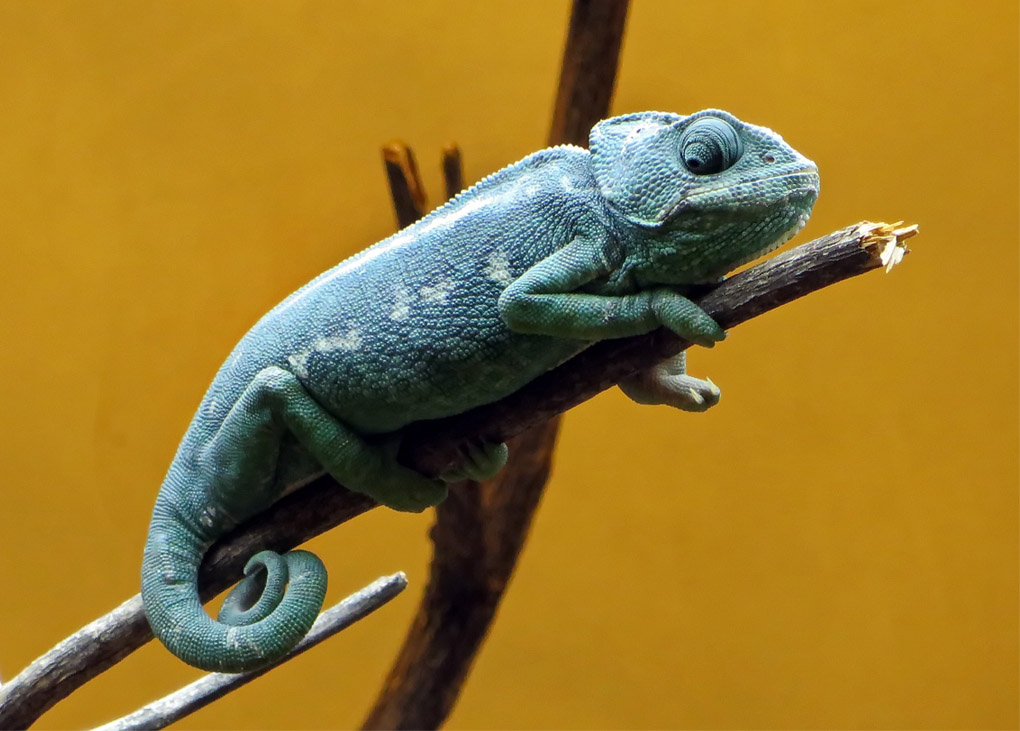In the natural world, chameleons can change colour to reflect heat and stay cool or transition to a darker colour to absorb heat. Now, researchers from the American Chemical Society have developed a coating inspired by the Namaqua chameleon, which acts as a colour-shifting coating.
Fuqiang Wang and colleagues wanted to create a coating that adapted to outdoor conditions as temperatures fluctuated. Cooling paints and coloured steel tiles have limitations when applied to buildings, because they only offer either a cooling or heating solution – they can’t do both.
The researchers say this colour-changing system could save a considerable amount of energy for regions that experience multiple seasons, while still being inexpensive and easy to manufacture.
The team mixed thermochromic microcapsules, specialised microparticles and binders to form a suspension that they then sprayed or brushed onto a metal surface. When the surface reached 20°C it began to change from dark to light grey; and once it reached 30°C it changed to a lighter colour that was able to reflect up to 93 per cent of solar radiation. Even when heated to 80°C for an extended period, the material showed no signs of damage.
To test the material further, the researchers constructed smaller doghouse-sized buildings to experiment on alongside three more conventional coatings – regular white paint, a passive radiative cooling paint and blue steel tiles.
While testing throughout different seasons, they found the new coating was significantly cooler in summer; it was slightly warmer in winter; and during spring and autumn it was the only coating that was able to adapt quickly to fluctuating temperature changes.
The project received funding from the National Natural Science Foundation of China, the Taishan Scholars of Shandong Province, the Royal Society, and the China Scholarship Council.
The American Chemical Society is a not-for-profit organisation chartered by the US Congress. It aims to advance the broader chemistry enterprise and its practitioners for the benefit of the planet.



Leave a Reply